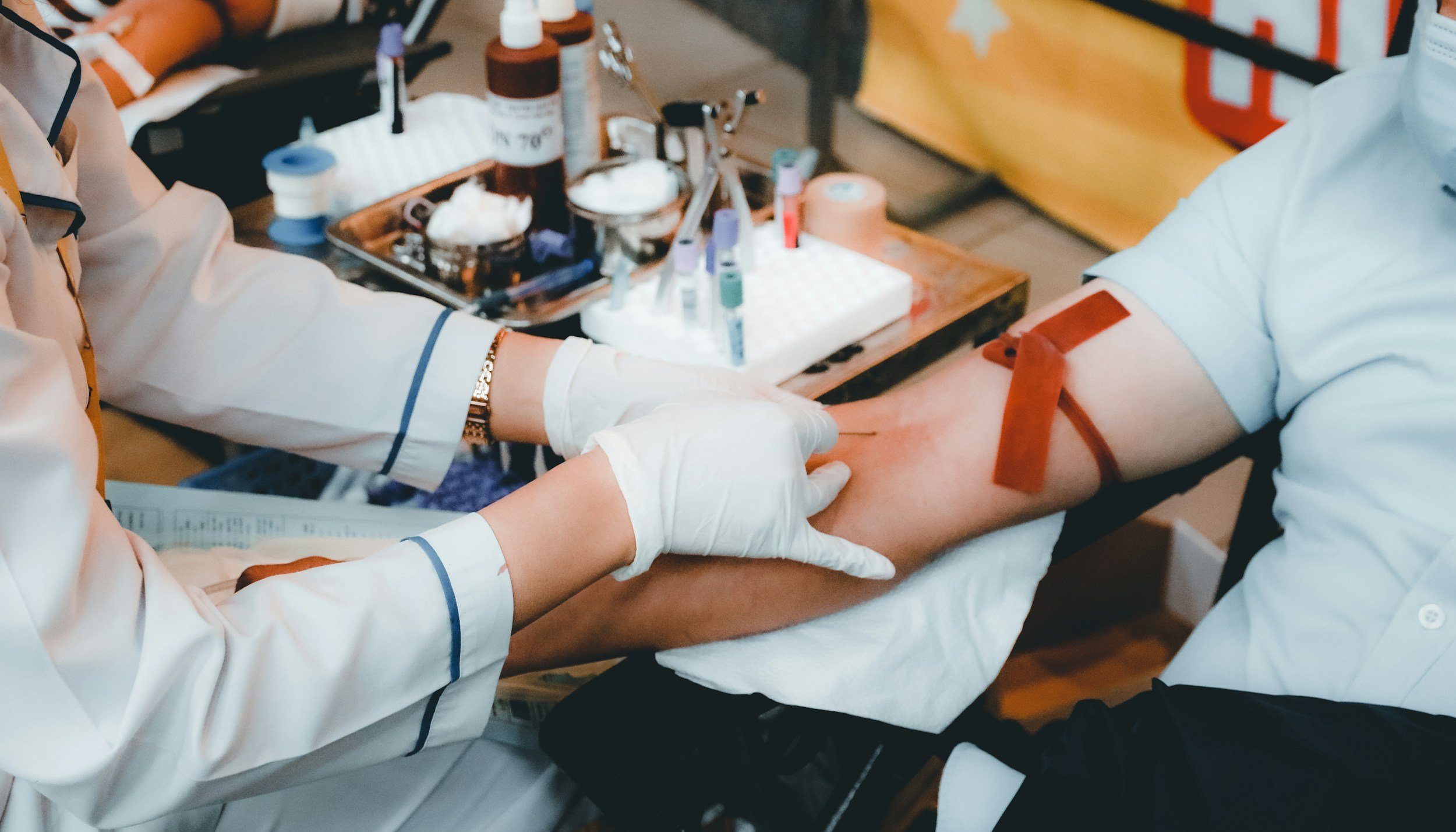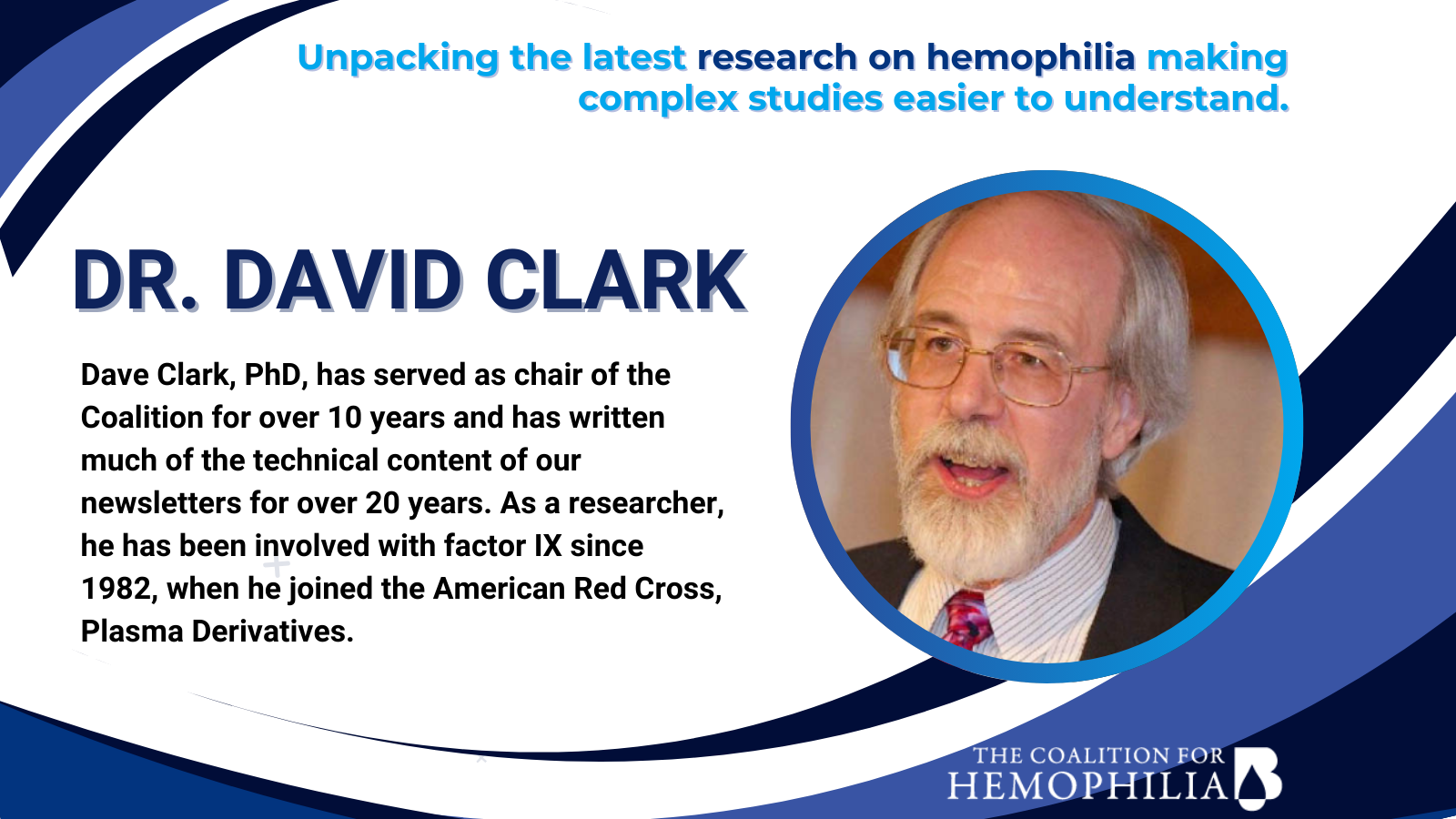
Treatment Options
Treatment of hemophilia B can be complex. It was only a few years ago that therapies for hemophilia B were limited to just a couple of products. Today, there are multiple options and more coming, including longer-acting clotting factors, subcutaneous injections, and gene therapy. Dr. David Clark, who chairs the Coalition for Hemophilia B, regularly updates our community on news, sourced from scientific experts and the major pharmaceutical manufacturers, about the latest therapies and products in the pipeline.
Available Treatments
CSL Behring
CSL produces IDELVION [coagulation factor IX (recombinant)], an extended half-life factor IX concentrate indicated for prophylaxis, on-demand treatment, or perioperative management (i.e., before, during, or soon after surgery) in children or adults with hemophilia B. The company also produces Mononine [coagulation factor IX (human)], a plasma-derived factor IX concentrate for the prevention and control of bleeding in patients with hemophilia B. LINK
CSL also produces HEMGENIX, a one-time gene therapy used for the treatment of adults with moderate to severe hemophilia B who are receiving routine prophylaxis, have a current life-threatening bleed or a history of life-threatening bleeds, or have repeated serious spontaneous bleeds.
Grifols
Grifols produces AlphaNine SD [coagulation factor IX (human)] for the prevention and control of bleeding in patients with hemophilia B. LINK
HEMA Biologics
HEMA Biologics produces SEVENFACT [coagulation factor VIIa (recombinant)-jncw] for the treatment and control of bleeding in adults and adolescents with hemophilia A or B with inhibitors. LINK
Medexus Pharma
Medexus produces IXINITY [coagulation factor IX (recombinant)] for the control and prevention of bleeding and perioperative management in adolescents and adults with hemophilia B. Medexus acquired IXINITY from Aptevo Therapeutics in 2020. LINK
Novo Nordisk
Novo Nordisk produces REBINYN [coagulation factor IX (recombinant)], indicated for treatment and control of bleeding episodes and perioperative management in adults and children with hemophilia B. The company also produces NovoSeven RT [coagulation factor VIIa (recombinant)] for treatment and control of bleeding episodes and perioperative management in adults and children with hemophilia B. LINK
The FDA has approved Alhemo® injection as a once-daily prophylactic treatment to help prevent or reduce bleeding episodes for adults and children (12+ years) with hemophilia A or B with inhibitors. 🩸
This approval marks a significant step forward in providing more options for the hemophilia community.
📖 Read more: Link to Press Release
Pfizer Pharmaceuticals
Pfizer produces BeneFIX [coagulation factor IX (recombinant)] indicated for prophylaxis, on-demand treatment, and perioperative management of bleeding in adults and children with hemophilia B. LINK
First Non-Factor, Subcutaneous Treatment
HYMPAVZI is a prescription medicine used to prevent or reduce the frequency of bleeding episodes in adults and children 12 years of age and older with hemophilia A without factor VIII inhibitors or hemophilia B without factor IX inhibitors.
HYMPAVZI™
Sanofi Genzyme
Sanofi Genzyme produces ALPROLIX [coagulation factor IX (recombinant), Fc fusion protein], an extended half-life product indicated for prophylaxis, on-demand treatment, and perioperative management of bleeding in adults and children with hemophilia B. LINK
Takeda
In 2019, Takeda acquired Shire. Takeda produces RIXUBIS [coagulation factor IX (recombinant)] for prophylaxis, on-demand treatment, and perioperative management of bleeding in adults and children with hemophilia B. The company also produces FEIBA (anti-inhibitor coagulant complex), indicated for prophylaxis and treatment of bleeding episodes in patients with hemophilia A and B with inhibitors. LINK
What is a port?
A port, also called a portacath, is a surgically-implanted catheter that can make it easier to infuse factor IX into the bloodstream. The most common type is placed completely under the skin, usually in the chest. It has a small round chamber with a septum and a tube leading into a nearby vein. A septum is a rubber disk through which a needle can be inserted. Using a special needle, factor IX is injected through the skin and the septum into the chamber from which it then passes through the tube into the bloodstream.
Ports are more often used in children, but adults who have problems injecting factor IX directly into their veins also use them. They can be especially useful for prophylaxis because of the required frequent injections. The problem of venous access can be a significant issue. Especially with very young children with small veins, performing an infusion can be a challenge even for experienced medical professionals in a clinic, let alone for a parent at home. However, ports take some care and can be problematic. They can become plugged or infected. There is also a risk of a misplaced injection into the skin near the port.
How do you know how much you need to infuse?
What is recovery, and what are trough levels?
Initially, a patient will often start out infusing an average amount based on his weight. The formula for calculating the amount is in the direction leaflet that comes with every vial of factor IX concentrate. However, most patients are not average. All patients vary in the amount of the factor IX infused that ends up in the bloodstream, how long it lasts in the bloodstream, and how effectively it works in their clotting system, among other things. Usually with experience a patient will come to know how much he needs to treat various types of bleeds or to maintain adequate prophylaxis.
Instead of just assuming that everyone is average, physicians are beginning to perform half-life and recovery studies on patients. A patient is infused with a known amount of factor IX concentrate and then has blood samples taken periodically over a period of time, often 24 or 48 hours. The amount of factor IX is measured in each of the samples. The first sample is taken as soon as possible after the infusion, and the relative amount of factor IX in it is called the recovery. On average, only about half of the factor IX shows up in the first sample, so an average recovery is about 50 %. Even though the factor IX is injected directly into the bloodstream, about half of it immediately moves to other places in the body.
The later blood samples show how long the factor IX lasts in the bloodstream. Some of the factor IX gets used up in clotting (there is always a little clotting going on somewhere in the body), and some is eliminated by normal body processes.
For most blood proteins, the body continuously makes them and also removes them to keep the amount in the bloodstream at the desired level and to make sure the proteins that are there are fresh and in good shape.
For a person with hemophilia B whose body does not produce factor IX, the amount in the bloodstream is highest right after an infusion and then gradually decreases. The amount of time that it takes for half of the protein to disappear is called the half-life. The typical half-life for factor IX is 18 – 24 hours, but there are many patients with half-lives outside that range. Knowing the recovery and half-life gives a physician much of the knowledge needed to more precisely target the amount of factor IX that an individual patient requires. Physicians often use other quantities to describe the lifetime of factor IX in the bloodstream, but all of those quantities are related to the recovery and half-life.
What a recovery study does not tell the physician is how the factor IX behaves in the individual patient’s clotting system. For many patients, a factor IX level that is 1 % of normal is enough to restore the bloods clotting ability to a point where he has few problems and no additional joint damage. However, 1 % is again an average, and patients can vary considerably. Some patients need much more than 1 % of normal levels for adequate clotting and some need less.
When a patient is treated prophylactically, the amount of factor IX in the bloodstream rises and falls, being highest right after an infusion and lowest right before. The low level right before an infusion is called the trough level. Prophylactic treatment usually aims to keep the trough level above the level that protects from joint damage, often 1 % of normal.












